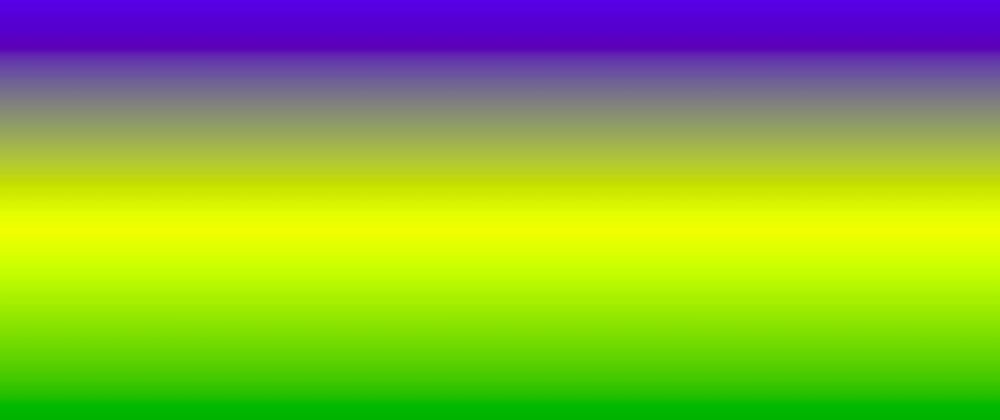The CSS linear-gradient function creates an image that consists of a progressive transition between two or more colors along a straight line. The result is a data type object gradient, which is a special type image.
Top to Bottom
In this example shows a linear gradient that starts at the top. It starts blue, transitioning green:
background-image: linear-gradient(to bottom, blue, green);
Left to Right
In this example shows a linear gradient that begins on the left. It starts blue, transitioning yellow:
background-image: linear-gradient(to right, blue, green);
Diagonal
You can make a gradient diagonally by specifying the horizontal and vertical starting position.
In this example shows a linear gradient that starts at the top left (and goes to the bottom right). It starts blue, transitioning yellow:
background-image: linear-gradient(to bottom right, blue, green);
If you want to control the direction of the gradient more, you can define the angle instead of predefined directions (bottom, up, right, left, bottom right, etc.). A value of 0deg is equivalent to to top. A value of 90deg is equivalent to right. A value of 180deg is equivalent to bottom.
background-image: linear-gradient(135deg, blue, green);
Multiple Color
In this example shows a linear gradient (from top to bottom) with multiple color stops:
background-image: linear-gradient(to bottom, blue, yellow, green);











Top comments (0)